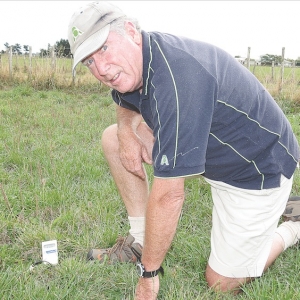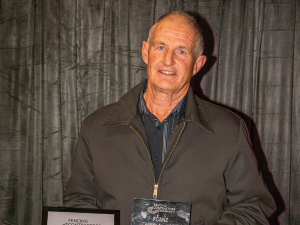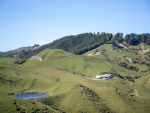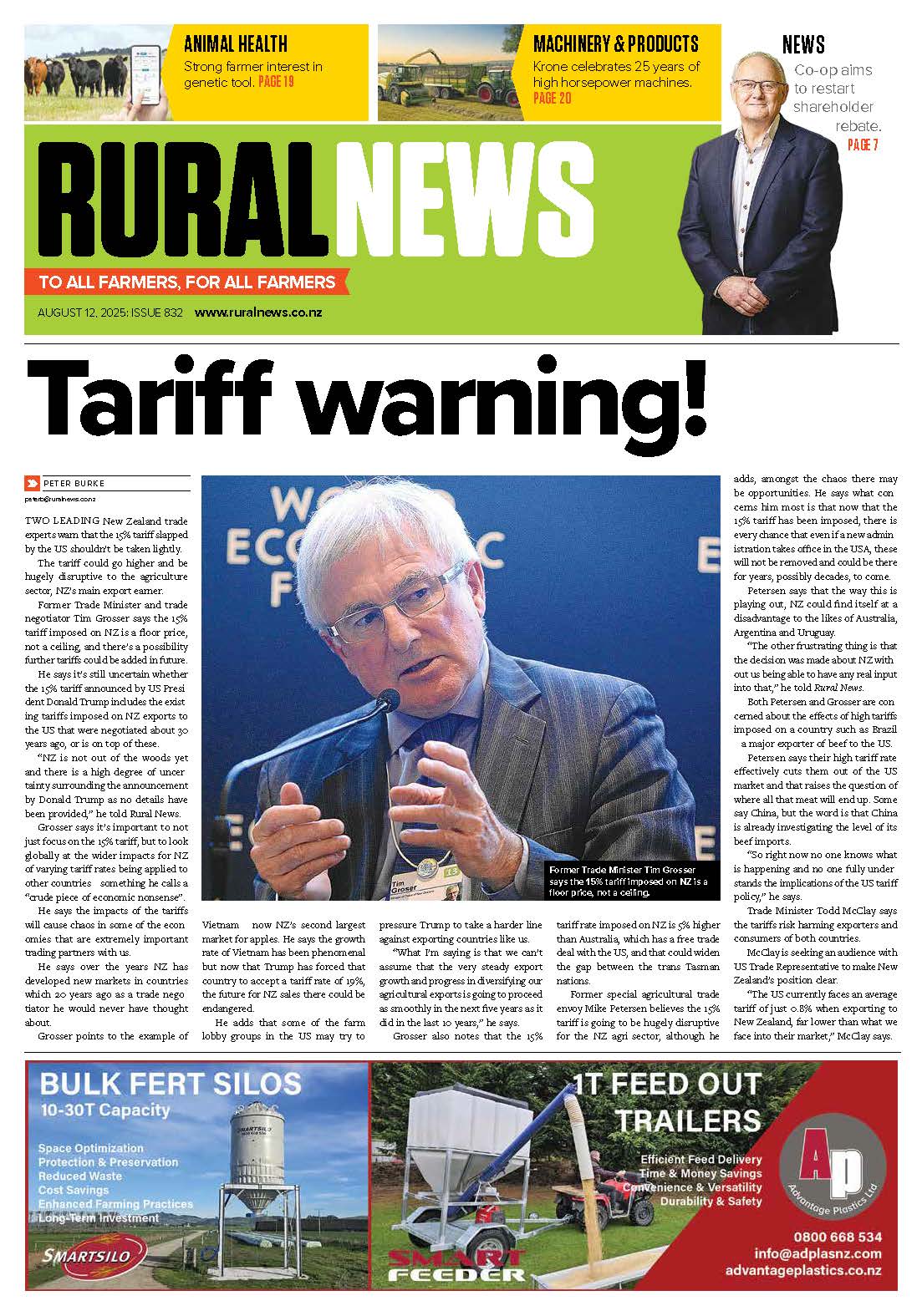Since early March FE levels, particularly in the North Island, had been high and farmers were warned to monitor spore counts or follow developments on AsureQuality’s web site.
But rain and a sharp drop in temperatures have cut the risk, Cooney says. But they are still watching for any district reporting mushrooms, a sign of conditions in which FE levels may rise.
The worst outbreaks of FE usually occur after droughts when rains come and soil temperatures are still high. Cooney, in Horowhenua, Horowhenua monitors regular sites himself and gets data from other sites nationwide to build up a national picture.
When checking for FE he uses the ‘dry count’ method as opposed to the ‘wash down’ method. Experience has shown him the dry count method is the most reliable.
“With the washdown method you are getting a grass sample, bringing it back – usually about 200g of grass – and that is washed in a sample of 600ml of water and shaken for about three minutes. Drops of water are then taken out and put on a blood slide and read under the microscope at a different magnification from what we use on the dry count method.” The microscope shows the FE spores looking like miniature hand-grenades.
FE is caused by a toxin, sporidesmin, produced by the fungus Pithomyces chartarum which grows rapidly in warm wet pastures mainly from January to April although cases of FE have been known to occur in May. The sporidesmin damages the liver of an animal and makes the animals sensitive to light, causing severe inflammation on parts of the skin, especially around ears, eyes and udder.
Cooney says over the years he has discovered the part soil temperature plays in determining the presence of FE. As well as collecting the spore samples he also records the temperature of the soil.
“I have come to the conclusion that soil temperatures are very important. I found this out about 10 years ago because I used to wonder why later in the season when the ambient temperatures were getting low we were still getting the disease showing up in stock, often as late as May. When I started taking the soil temperatures I found the warm soil was acting like an electric blanket under the base of the pasture and producing a medium ideal for fungi to keep ticking away and producing spores.”
While the FE risk appears to be diminishing, Cooney is advising farmers to monitor soil temperatures: 18-19oC is probably still dangerous. But he is expecting soil temperatures in Horowhenua to drop to 14-15oC – “getting into safe territory”.

















